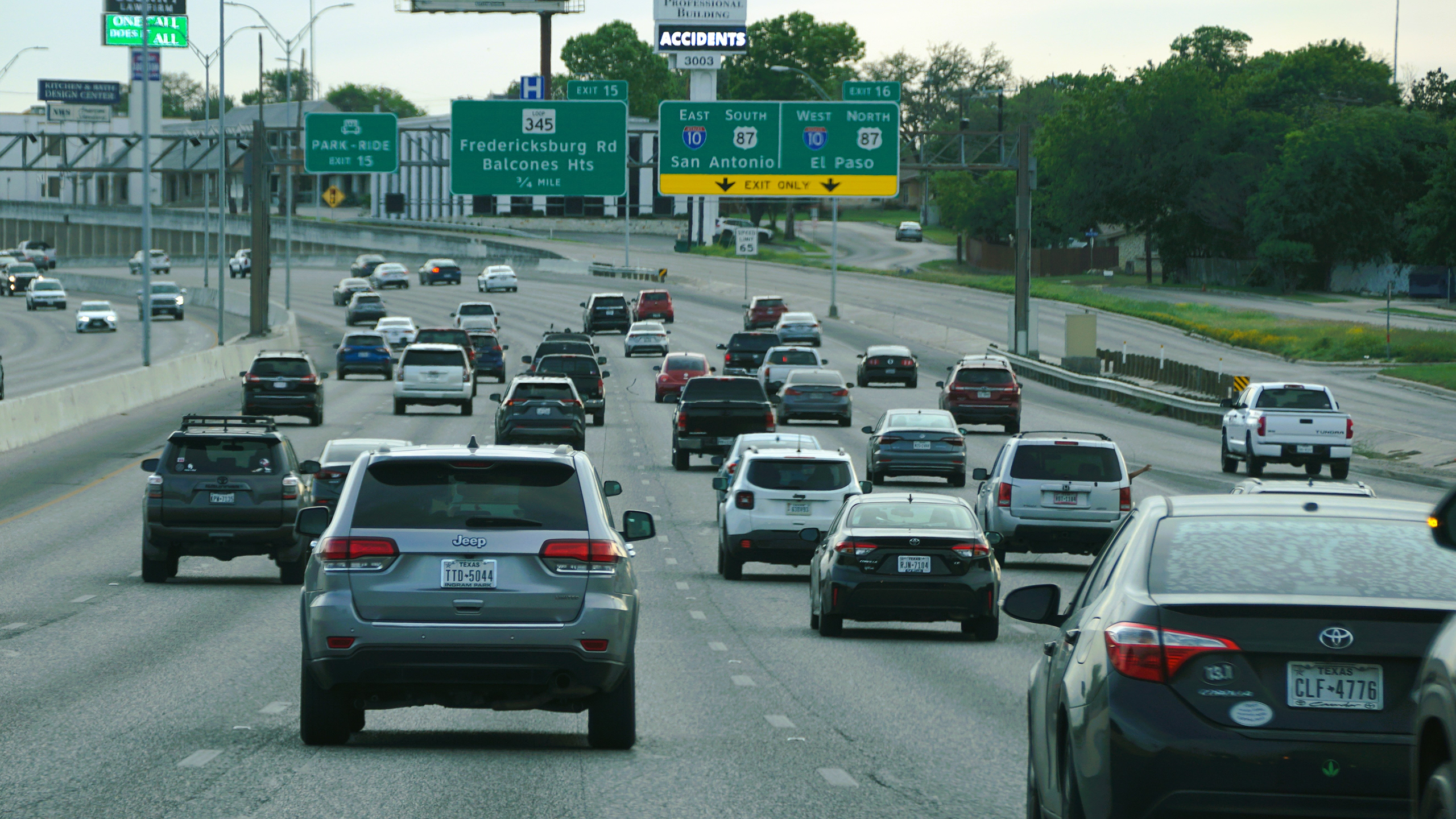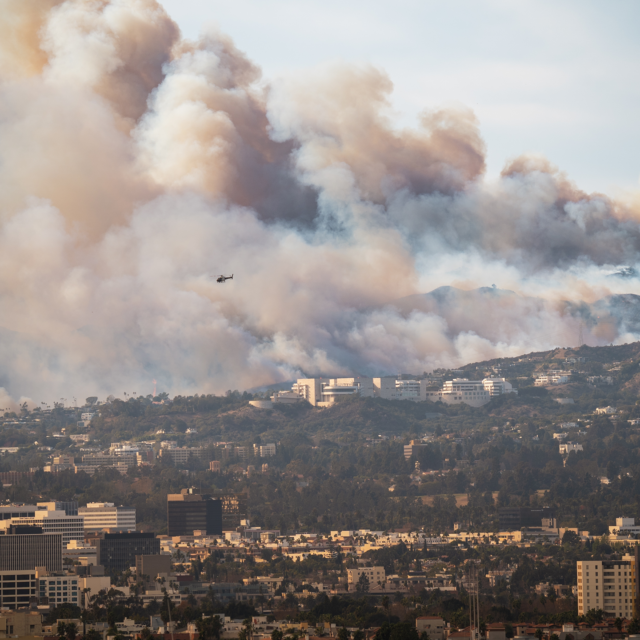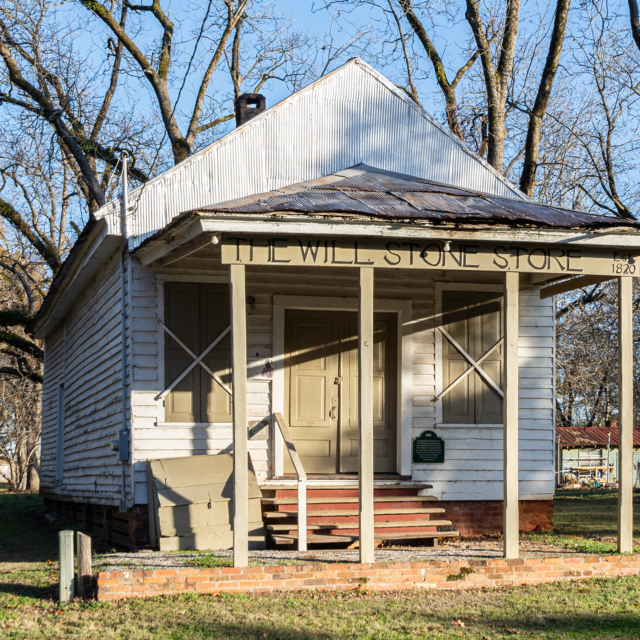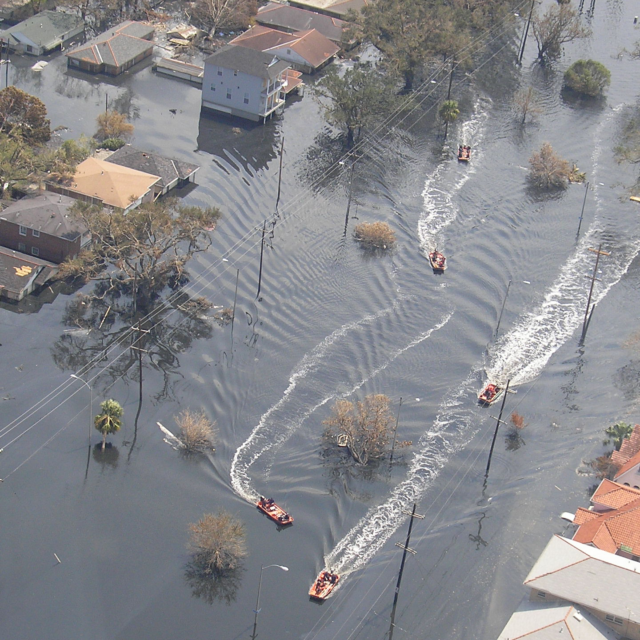Listen and subscribe to us on your favorite podcast platform:
I think engineers think that traffic functions like a liquid, that if a pipe is clogged up, then you need to make the pipe bigger, and the traffic will flow more freely. But instead, traffic functions more like a gas, where it expands to meet the capacity allotted. —Megan Kimble, author of City Limits: Infrastructure, Inequality, and the Future of America’s Highways
Megan Kimble, freelance journalist and the author
When Henry Ford streamlined vehicle manufacturing in the 1920s, he vaulted the U.S. to its status as a global economic leader. Soon after, the passage of the Federal-Aid Highway Act of 1956 and its establishment of the Highway Trust Fund (HTF) affirmed private automobiles as Americans’ preferred method of travel. Federal and state departments of transportation have since dedicated vast sums of money and public land to roadway projects and maintenance, and comparatively little to public transit or housing development.
The 2021 Infrastructure Investment and Jobs Act (IIJA) represents the largest surge in federal transit funding ($20.5 billion) to date, but it is still small compared to the additional $118 billion allocated by Congress to keep the HTF solvent. A similar budget pattern appears at the state and local levels with an average 6% of general funding going toward highways and roads, compared to the 2% spent on housing and urban development, according to the Urban Institute.
Now, a growing coalition of freeway fighters is pushing back against the nation’s largely unquestioned prioritization of roads, claiming that this paving of the nation to support vehicle travel has come at the expense of human and environmental wellbeing. They further point to evidence that the expansion of highways does little to address congestion or route efficiency for drivers.
This is particularly true in Texas, a state at the heart of Megan Kimble’s new book City Limits: Infrastructure, Inequality, and the Future of America’s Highways. Here, widening of the I-10 from eight to 22 lanes through a busy part of Houston came at a cost of $2.8 billion and 20 city blocks’ worth of existing and potential development. Though the project aimed to address congestion, it actually increased rush hour travel times by 33%.
Listen in as Ten Across founder Duke Reiter and author Megan Kimble explore the history of community and economic trade-offs in our ever-expanding network of Texas and U.S. roads– why it becomes more difficult to sustain and what alternatives there may be for the future.
Articles/sources referenced in this podcast:
“Closed-off Interstate 10 is no stranger to major damage or political attention” (CalMatters, November 15, 2023)
“What Did Interstate Highways Do to Urban Neighborhoods?” (Clayton Nall, Zachary P. O’Keefe, draft unpublished, November 21, 2018)
Guest Speaker

Megan Kimble is a freelance journalist and the author of two nonfiction books, the most recent being City Limits: Infrastructure, Inequality, and the Future of America’s Highways. She currently writes narrative features for many publications including The New York Times, Bloomberg CityLab, and Texas Monthly, the latter of which she also helps edit. She is the former editor of the Texas Observer, Austin Monthly, and Edible Baja Arizona. Megan received an MFA in nonfiction writing from the University of Arizona.






